クリステンソン TRACKER 9.5
(税込) 送料込み
商品の説明
定価¥11330
クリアー
※キャプテンフィンステッカー付き
シングルログ用商品の情報
| カテゴリー | スポーツ・レジャー > その他スポーツ > サーフィン |
|---|---|
| ブランド | キャプテンフィン |
| 商品の状態 | 新品、未使用 |
CAPTAIN FIN キャプテンフィン フィン CHRISTENSON TRACKER 9.5 クリス

Christenson Tracker 9.5 - Smoke – Volcom Japan

CAPTAIN FIN CHRIS CHRISTENSON TRACKER 9.5
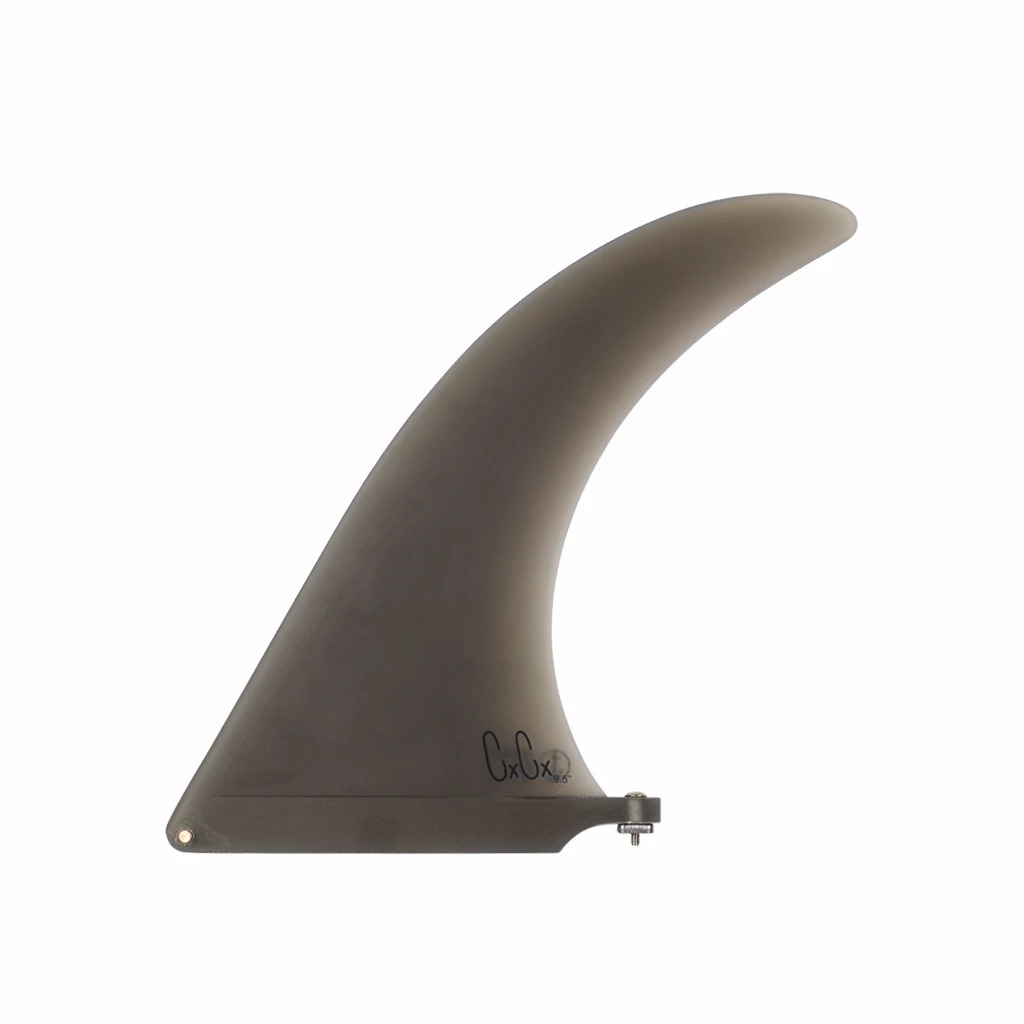
CAPTAIN FIN キャプテンフィン CC Tracker 9.5 Smoke クリステンソン

楽天市場】9.5インチ CAPTAIN FIN キャプテンフィン クリステンソン
Captain Fin Chris Christenson Tracker 9.5 inch Smoke / キャプテン

Christenson Tracker 9.5 - Smoke – Volcom Japan
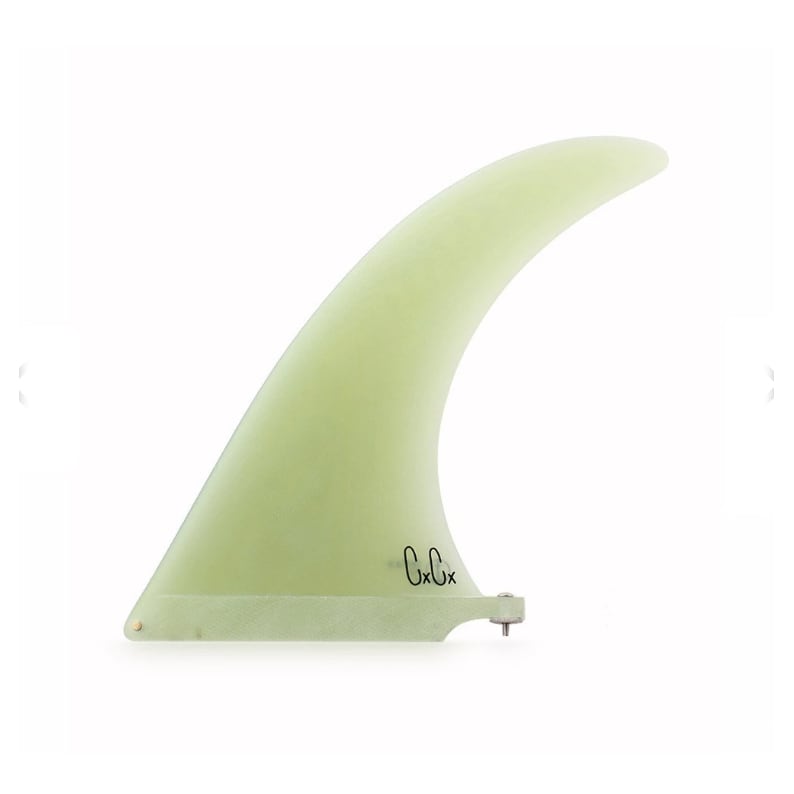
CAPTAIN FIN キャプテンフィン / CC TRACKER クリステンソン 9.5
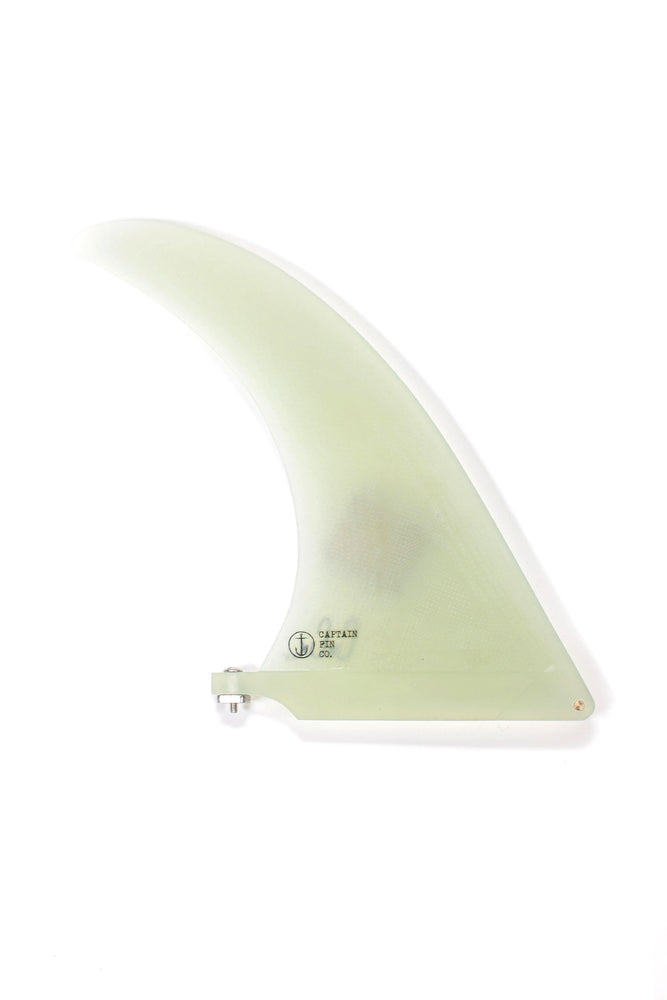
CAPTAIN FIN - CHRISTENSON TRACKER - 9.5'''' | Shop at PUKAS SURF SHOP
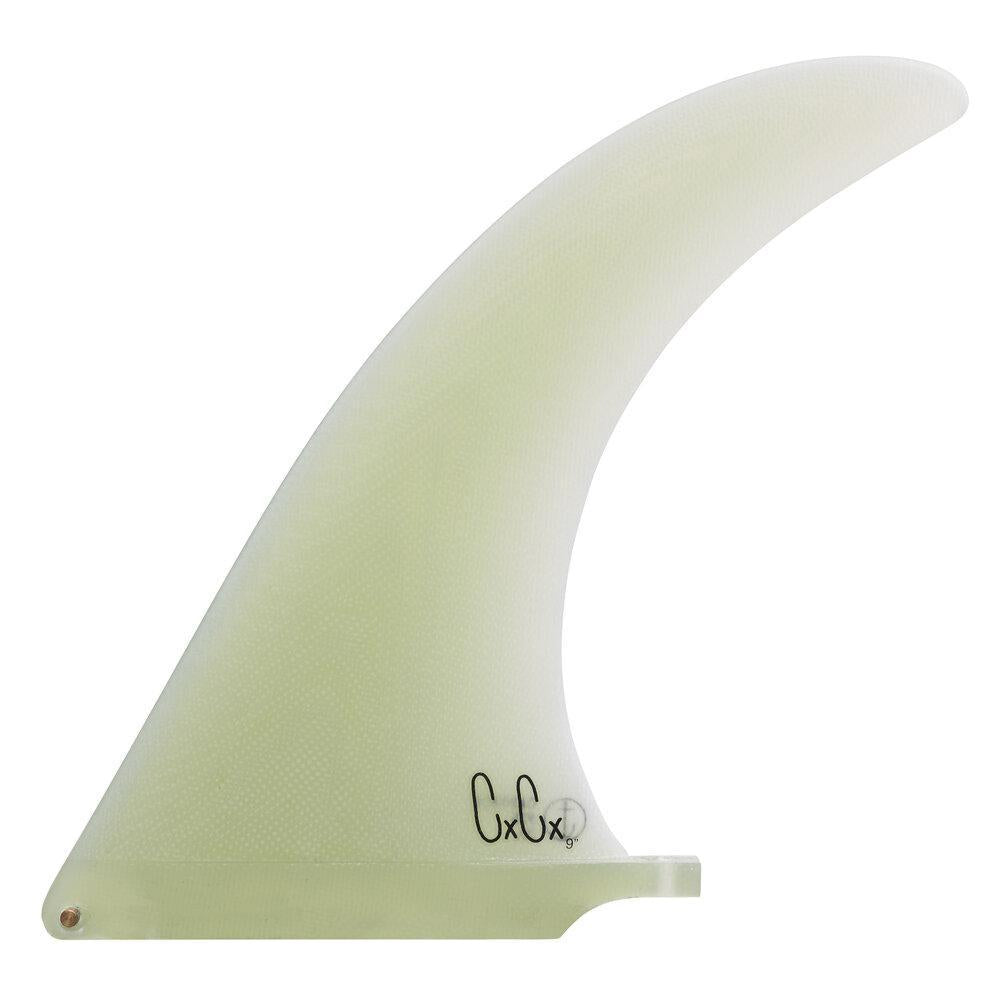
CHRISTENSON TRACKER CLEAR 8
楽天市場】CAPTAIN FIN キャプテンフィン ロングボード用フィン Chris
CAPTAIN FIN キャプテンフィン CHRIS CHRISTENSON TRACKER 9.5 CLEAR

送料無料】CAPTAIN FIN:CHRIS CRISTENSON TRACKER 9.5

ロングボード用フィン CAPTAIN FIN CO. キャプテンフィン CHRISTENSON
Captain Fin Chris Christenson Tracker 9.5'' Longboard Fin | evo

CAPTAIN FIN CC TRACKER | 東京サーフショップ Christenson Surfboard

税込) クリステンソン 9.5 ⭕️Christenson ロングボード FCSフィン

CAPTAIN FIN キャプテンフィン Chris Christenson TRACKER 9.5inch ロングボード シングルフィン センターフィン クリアー-THE USA SURF ONLINE STORE
CAPTAIN FIN キャプテンフィン CHRIS CHRISTENSON TRACKER トラッカー
![CAPTAIN FIN] CHRISTENSON Tracker 9.5 Smoke](https://image1.shopserve.jp/southswell.jp/pic-labo/CF76-0111503-1.jpg)
CAPTAIN FIN] CHRISTENSON Tracker 9.5 Smoke
![9.5 CHRIS CHRISTENSON Tracker [CAPTAIN FIN] |沖縄サーフィン](http://www.yessurfokinawa.com/work/assets/redactor/img/c3a6175edaa44f49f71f0ad25de5f57b.jpg)
9.5 CHRIS CHRISTENSON Tracker [CAPTAIN FIN] |沖縄サーフィン
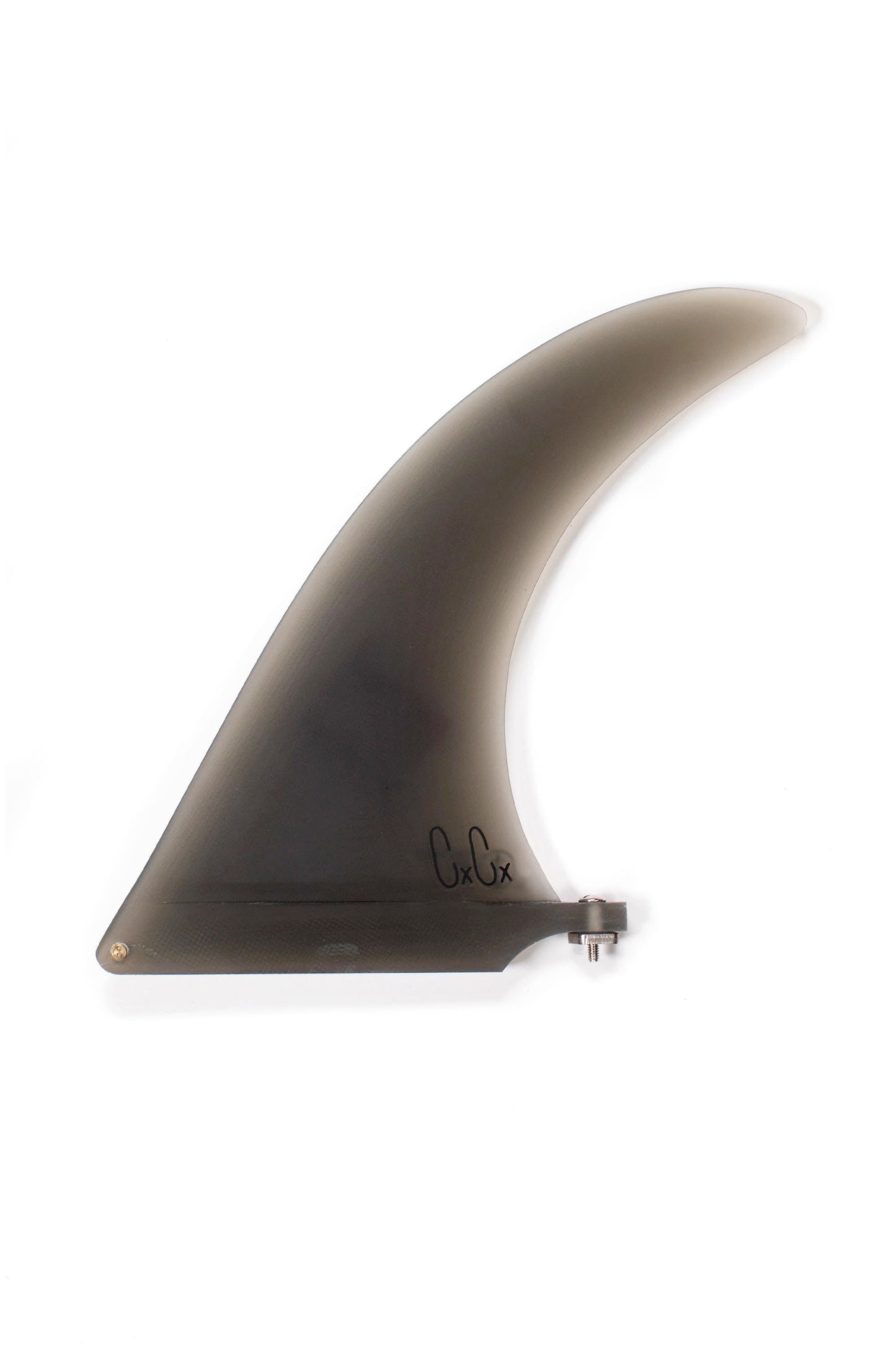
CAPTAIN FIN - CHRISTENSON TRACKER - 9.5 | Shop at PUKAS SURF SHOP
![9.5 CHRIS CHRISTENSON Tracker [CAPTAIN FIN] |沖縄サーフィン](http://www.yessurfokinawa.com/work/assets/redactor/img/ea23f5d8bb9a1635f87c9be0f8ac3243.jpg)
9.5 CHRIS CHRISTENSON Tracker [CAPTAIN FIN] |沖縄サーフィン

CAPTAIN FIN:ChrisTenson
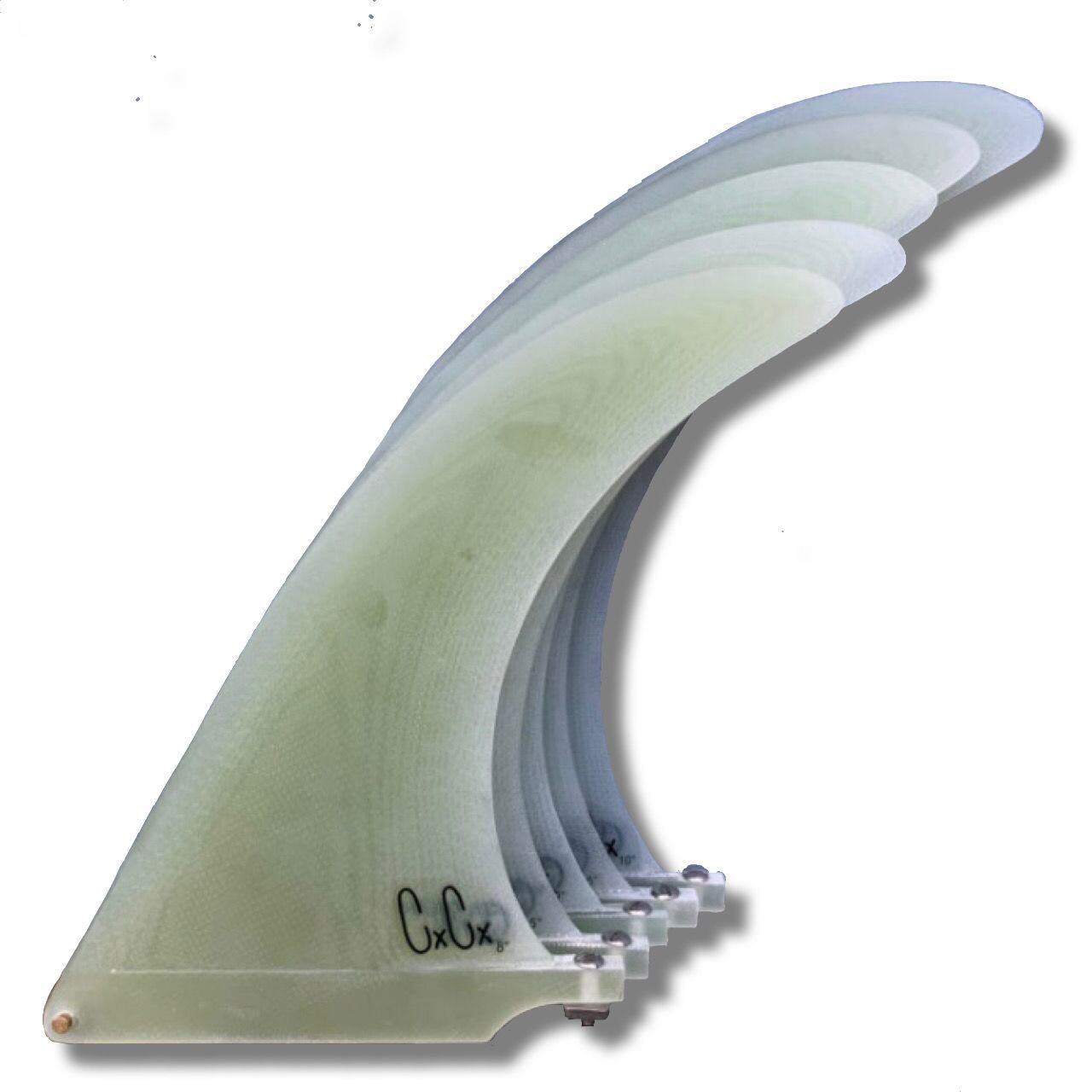
CAPTAIN FIN CHRIS CHRISTENSON TRACKER 9.5
Quillón para Longboard CAPTAIN FIN Modelo CHRISTENSON TRACKER 9.5

CAPTAIN FIN キャプテンフィン CHRIS CHRISTENSON TRACKER 9.5 ロング
CAPTAIN FINキャプテンフィン 9.5 シングル フィン CHRISTENSON

楽天市場】CAPTAINFIN キャプテンフィン クリステンソン ロング FIN

CAPTAIN FIN】Chris Christenson Tracker 9.5(スポーツグッズ)|HLNA

CAPTAIN FIN キャプテンフィン Chris Christenson TRACKER 9.5inch

CHRISTENON SURFBOARDS クリステンソンサーフボード / Fish フィッシュ

送料無料】CAPTAIN FIN:CHRIS CRISTENSON TRACKER 9.5

ロングボード用フィン CAPTAIN FIN CO. CHRIS CHRISTENSON TRACKER 9.5

○手数料無料!! キャプテンフィン クリステンソン トラッカー 8.5

当店だけの限定モデル Captain Finクリステンソン TRACKER FIN 8.5

Christenson Tracker 9.5 - Smoke – Volcom Japan
Quillón para Longboard CAPTAIN FIN Modelo CHRISTENSON TRACKER 9.5

楽天市場】CAPTAIN FIN キャプテンフィン フィン CHRISTENSON TRACKER

CAPTAIN FIN CC TRACKER | 東京サーフショップ Christenson Surfboard

商品の情報
メルカリ安心への取り組み
お金は事務局に支払われ、評価後に振り込まれます
出品者
スピード発送
この出品者は平均24時間以内に発送しています














